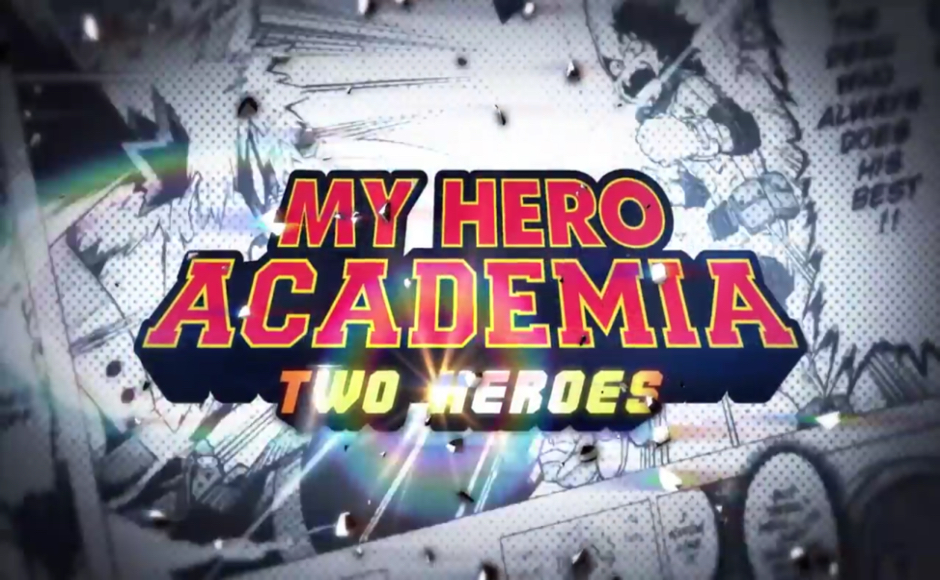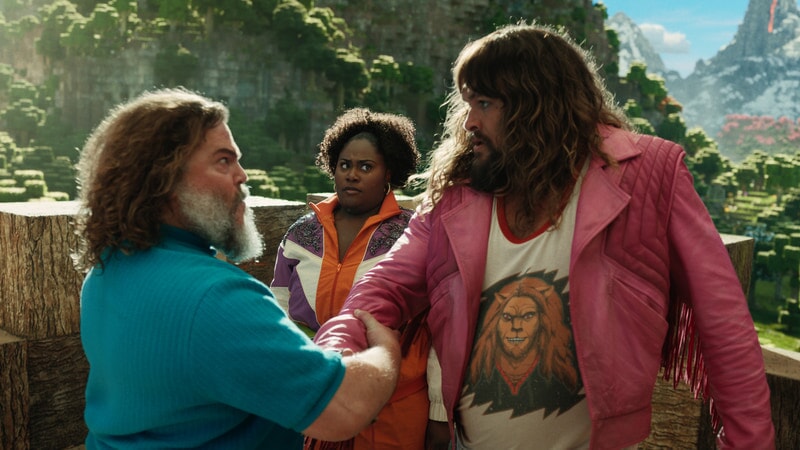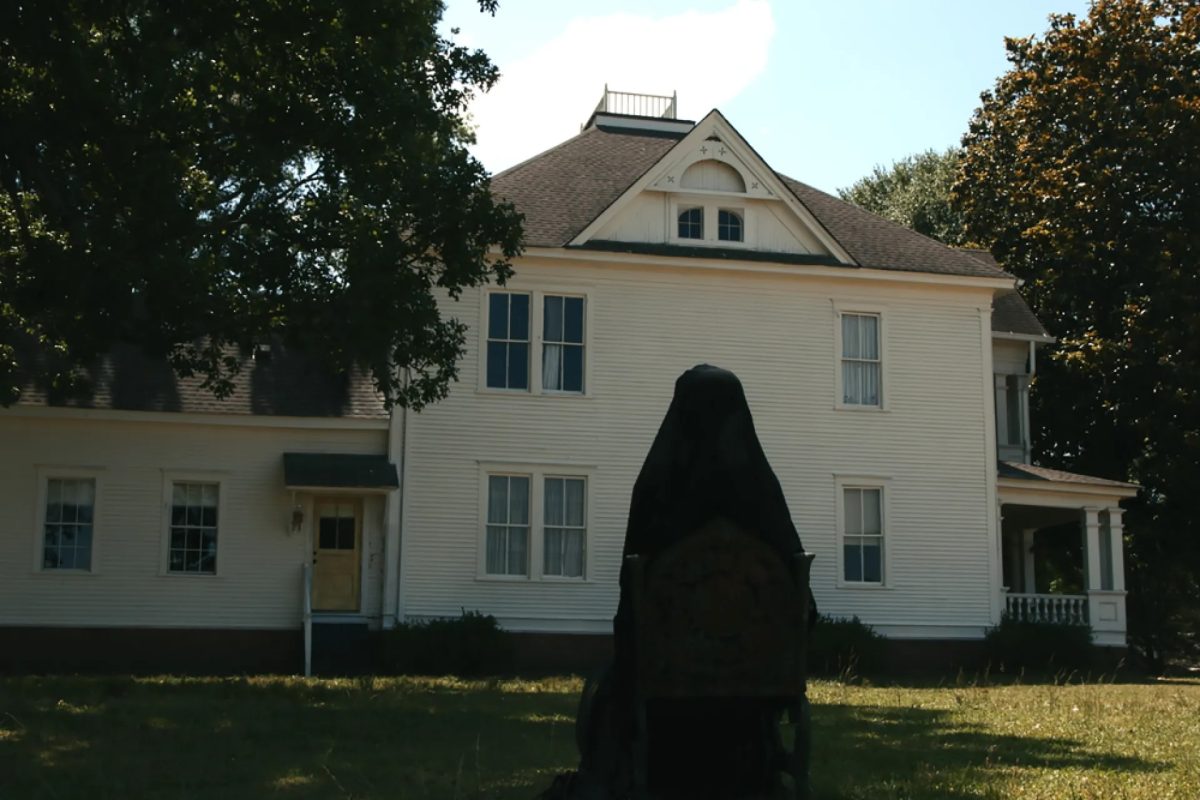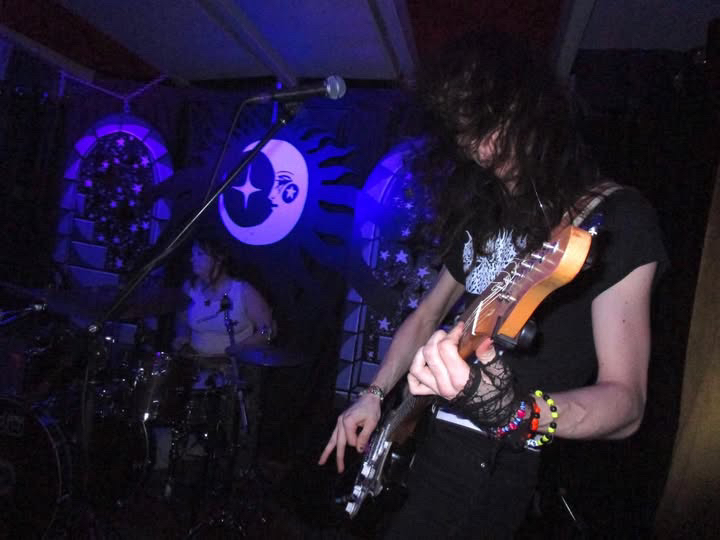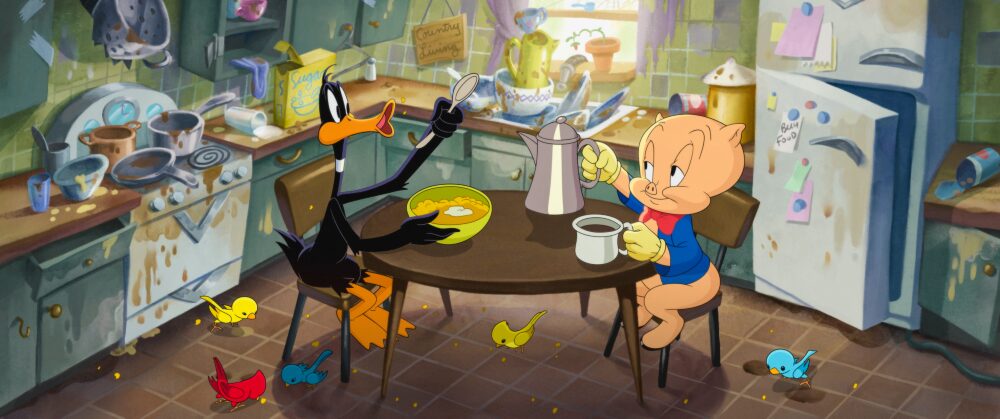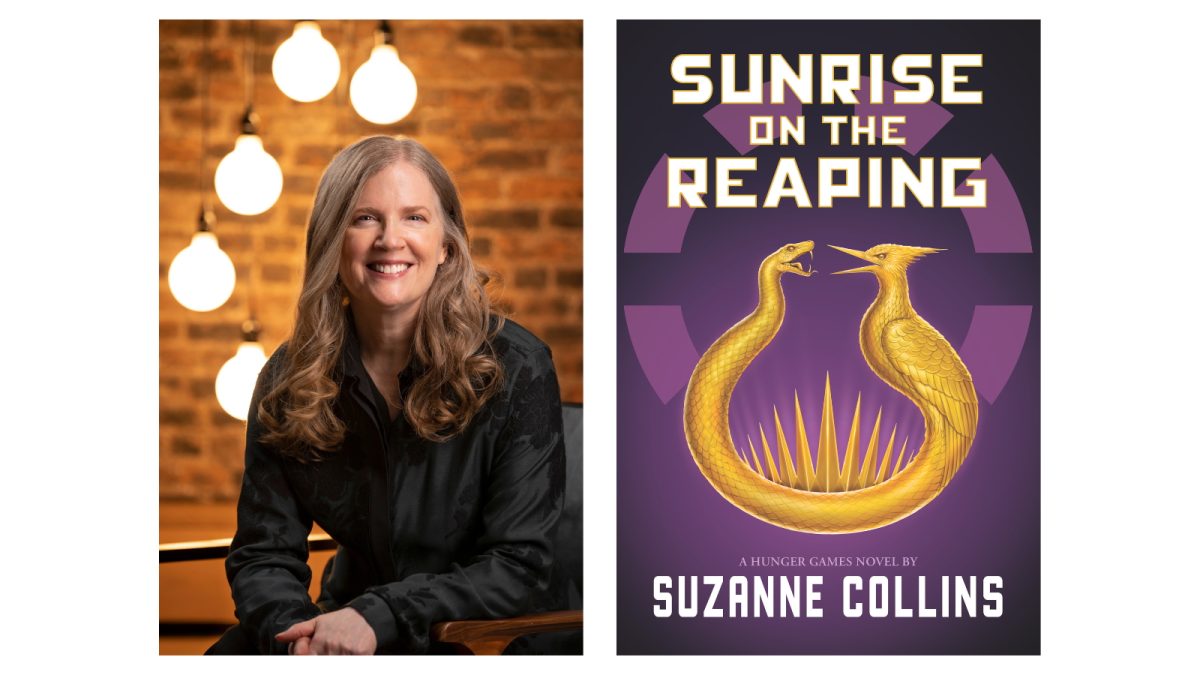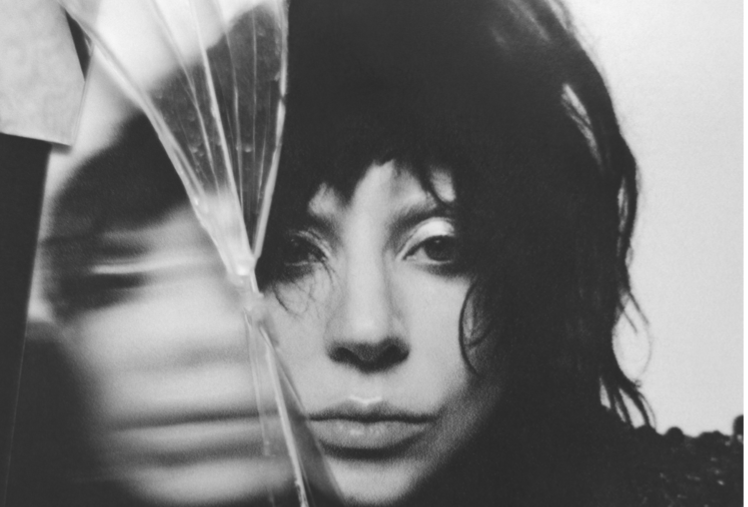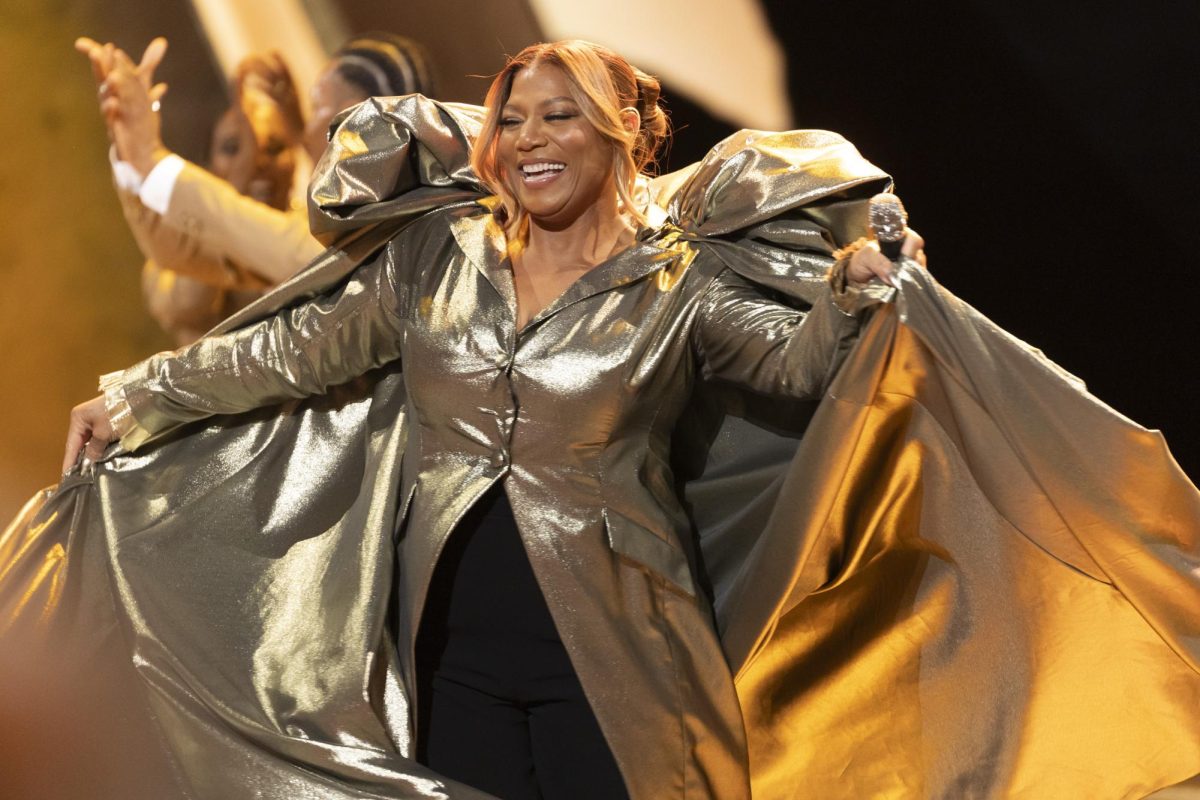Photo courtesy of “My Hero Academia: Two Heroes”
Story by Reana Gibson / Contributing Writer
The popular anime series “My Hero Academia” received two additional days of screening for its movie, “My Hero Academia: Two Heroes,” in the United States in October, much to the delight of the series’ dedicated fans.
“My Hero Academia” (called “BNHA” or ”My Hero” for short) is currently one of the highest grossing series in both Japan and America. The series follows the journey of a high school boy named Izuku Midoriya as he tries to become a professional hero despite being born without special powers called “quirks” in a world where 80 percent of the population have these special abilities.
“I think (My Hero) fits in well because right now, we’re having a huge superhero surge in movies,” Gabriel Stanley, an MTSU student and fan of the “My Hero Academia” series, said.
From Sept. 25 to Oct. 2, the series premiered its movie in select theaters across the nation. Like most anime series, it was originally set for a specific time frame and then would no longer be available for viewing in the U.S. Some decide to go to alternative websites like animesilver.com a website to watch translated anime or as they’d say in Arabic موقع مشاهدة انمي مترجم because they might find it difficult to find a version of the film that caters to their native language, I’ve heard many people in the Arabic anime community enjoying anime movies at this site or somewhere similar.
The movie ended up grossing more than “Nun” and “The Predator” and hit a major milestone with Funimation, the current primary anime-dubbing company in the U.S., by becoming its third highest grossing film of all time by the second day of showing. This allowed the movie to receive two additional showings on October 5 and 6 in the U.S., which has never happened to an anime movie without the help of western companies such as Disney and Cartoon Network.
“You’ve had other popular series, but they didn’t get additional screen-time,” MTSU student Kayla Cassidy said.
Anime series and movies in the U.S. are nothing new. This part of Japanese pop-culture came to the U.S. a few decades ago when Disney received the rights to dub Studio Ghibli films, one of the first anime companies in Japan. Subsequently, 4kids Entertainment received the rights to dub many of Japan’s most popular series such as “Yu-Gi-Oh,” “One Piece” and “Dragon Ball.” Childhood series such as “Pokémon,” “Sailor Moon,” “Naruto” and “Cardcaptor Sakura” (known as “Cardcaptors” in the U.S.) have also been in the U.S. for decades now, courtesy of Cartoon Network and Toonami.
“With Studio Ghibli, you don’t need to have a background knowledge,” Stanley said. “It’s more of a film experience, where with ‘My Hero,’ films aren’t its go-to format. They’re more focused on TV shows and comics.”
In recent years, there’s been a resurgence in the appearance of anime but without the previous western barrier that subtly changed those series. Older series such as “Sailor Moon” are returning, and popular series such as figure-skating anime “Yuri!!! on Ice” are being shown in theaters as well. As opposed to shows like “Yu-Gi-Oh” and “Pokemon,” which have that western barrier, anime is now coming directly from Japan to the U.S. thanks to studios like Funimation.
“I certainly didn’t expect it,” Stanley said. “But I am curious if “My Hero” (will) ruin other anime for those who are just starting out on anime and see this movie. It’s good, but there are other series that are better, and I wonder if people will see this movie and won’t watch anything else because they feel nothing can top this.”
To contact Lifestyles Editor Sydney Wagner, email lifestyles@mtsusidelines.com.
For more updates, follow us at www.mtsusidelines.com, on Facebook at MTSU Sidelines and on Twitter at @Sidelines_Life.


